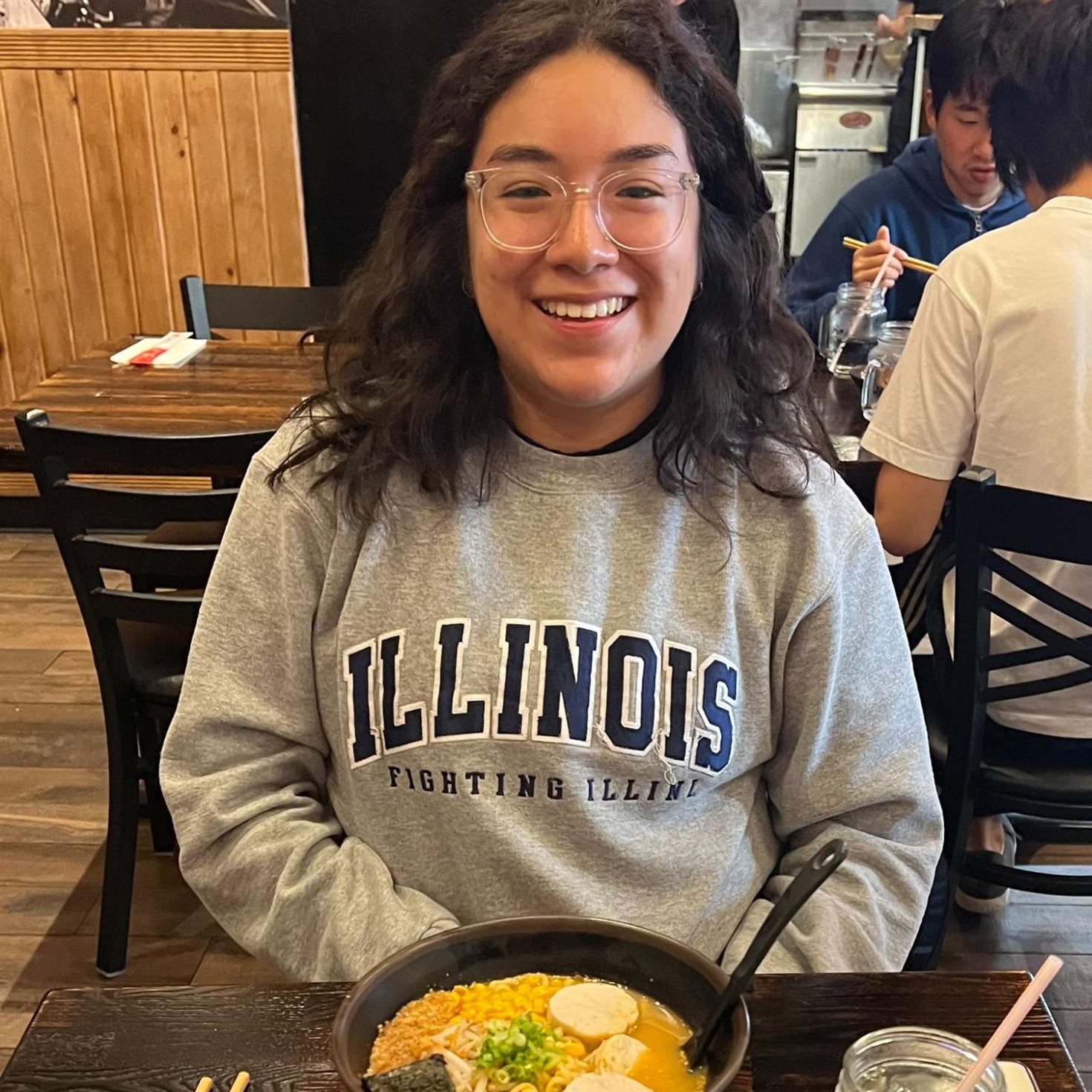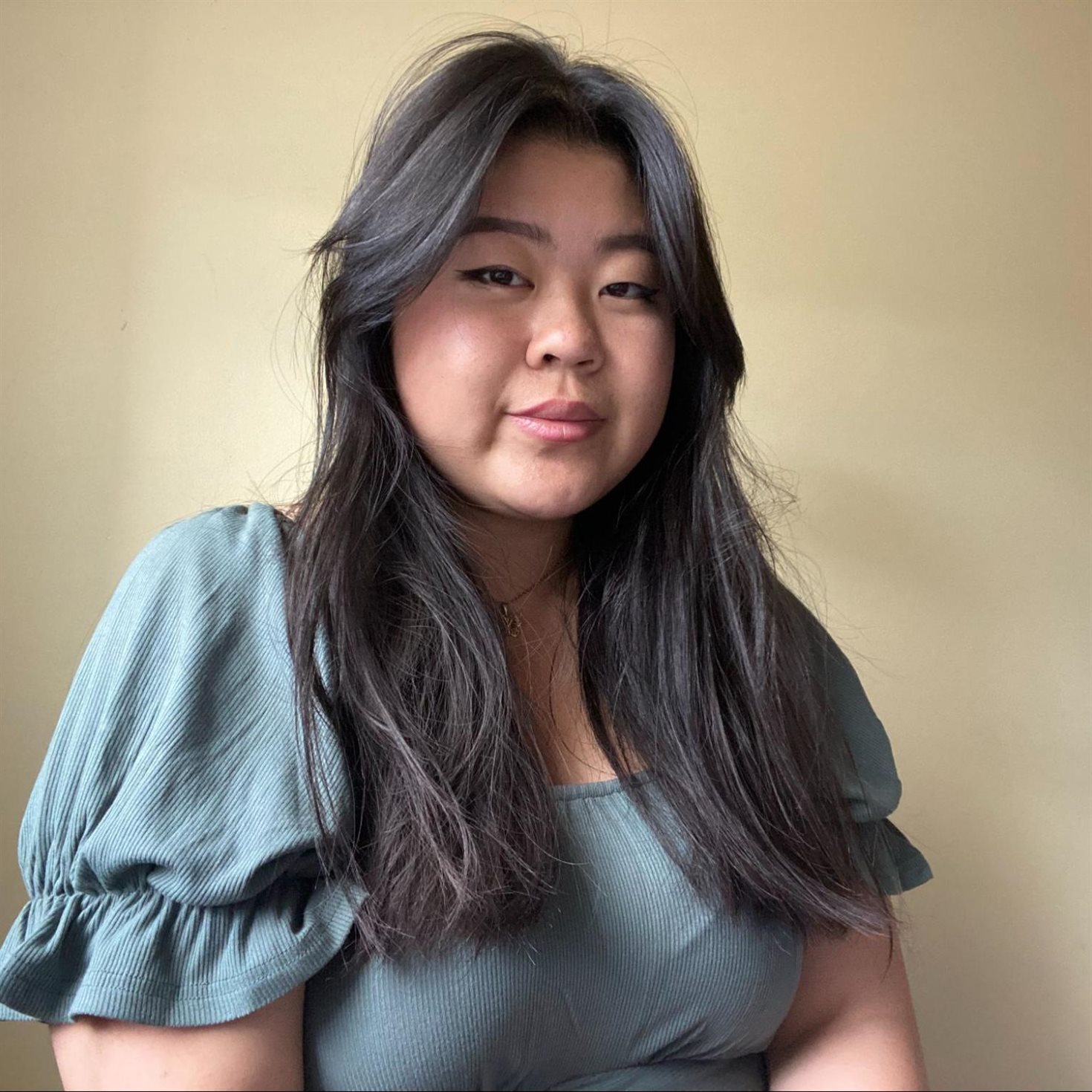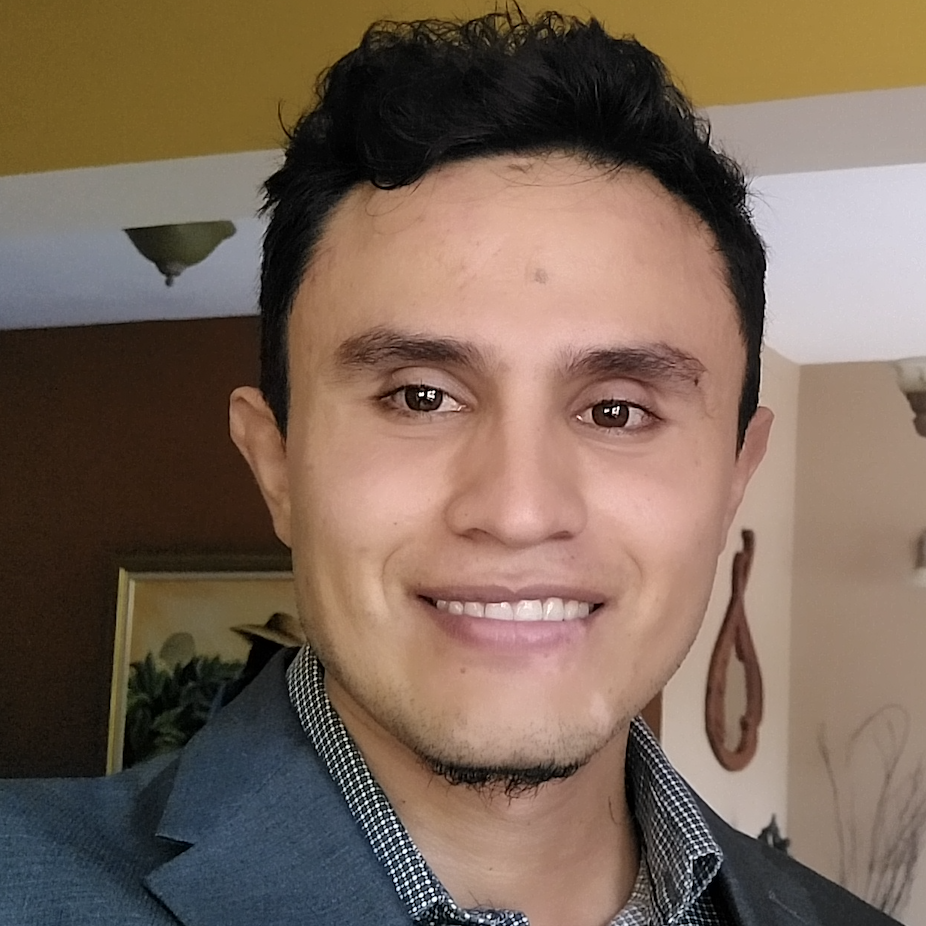10/14/2024
Immersing Researchers in Human-Centered Design
Immersing Researchers in Human-Centered Design
The Siebel Center for Design’s mission is to practice, model, and teach design thinking to re imagine our campus, community, and collective world. To serve the mission, the Assessment and Research team led by Dr. Saadeddine Shehab conducts research studies that aim to inform the design, implementation, and evaluation of activities and programs that can help educate students in formal and informal learning environments on Human-Centered Design.
At SCD, Human-Centered Design (HCD) is defined as a problem solving approach that relies on design thinking tools to understand the unmet needs of a population in order to collaboratively and iteratively develop solutions. Empirical evidence shows that when engaged in HCD, students can successfully develop six key mindsets that are essential to any 21st century workspace. These mindsets are human-centeredness, collaboration, communication, metacognition, creativity, and experimentation.
As part of SCD’s efforts to spread the teaching and learning of HCD beyond the UIUC campus, the Assessment and Research team has been collaborating with local school teachers in Champaign-Urbana to explore and pilot different ways of integrating HCD in existing school curricula. To support these efforts, in Summer of 2023, Dr. Saadeddine Shehab, SCD’s Associate Director of Assessment and Research, and Dr. Gloriana González, Professor in the Department of Curriculum and Instruction at the College of Education, won a 1.3M grant from the National Science Foundation’s (NSF) prestigious Discovery Research PreK-12 program for the project, Engaging teachers in integrating human-centered design for geometry problem-based instruction (Award No. DRL-2300689).
The grant aims to use a combination of lesson study, a collaborative professional development model, and Human-Centered Design to prepare high school teachers for designing and implementing problem-based geometry lessons that integrate design to address social justice issues in their communities. The work on the grant was kicked off in Summer 2023 by putting together a team of talented undergraduate (Jane Pak, Michelle Heredia) and graduate students (Roya Attarian, Sourabh Garg, Jhonnatan Ortega) and academic professionals (Ted Powers). The team is now composed of scholars who are working on multiple sub projects to achieve the major goal of the grant.
 Prof. Gloriana Gonzalez
Prof. Gloriana Gonzalez
College of Education
 Dr. Saadeddine Shehab
Dr. Saadeddine Shehab
Siebel Center for Design
 Edward (Ted) Powers
Edward (Ted) Powers
M. Ed. Adjunct Clinical Professor, College of Education, School and Community Experiences
 Sourabh Garg
Sourabh Garg
Ph.D. Student DELTA, Curriculum and Instruction College of Education
 Roya Attarian
Roya Attarian
MFA student, Research Assistant, Industrial Design, School of Art and Design
 Michelle Heredia
Michelle Heredia
Undergraduate Research Assistant, College of Liberal Arts and Sciences | College of Education
 Jane Pak
Jane Pak
Undergraduate Research Assistant, College of Liberal Arts and Sciences | College of Education
 Jhonnatan Ortega
Jhonnatan Ortega
MA Student, Curriculum and Instruction
As soon as the team was formed, Prof. González and Dr. Shehab wanted the team members to experience some processes of design thinking and human-centered design themselves. To do so, they gave the team a hypothetical design challenge centered around geometry, design, and social justice. The challenge was to create a fashion design for a runway show using upcycled textiles. The theme of the show was “Living and Loving our Planet Earth.” The prototypes had to showcase or apply geometric concepts.
In order to complete the challenge and engage in design thinking and human-centered design, the team met biweekly over the Spring 2024 semester and applied some HCD processes and practices in the five HCD spaces: Understand, Synthesize, Ideate, Prototype, and Implement. For example, the team did multiple visits to SCD’s shop and met with the shop manager, Neil Pearse, who explained to the team members how the different shop tools and equipment work and shared inspiring examples. Later, the team members met at SCD’s Sunrise Studio where Dr. Shehab led a brainstorming session that started with asking the team members to reread the design challenge and jot down any design ideas. Then, the brainstorming rules were shared with the team. They were reminded to defer judgment, encourage wild ideas, build on the ideas of others, stay focused on the topic, have one conversation at a time, be visual, and go for quantity. Following these rules, the team members shared their ideas for designs. This was followed by grouping the designs into different themes based on their characteristics and purposes. Five themes emerged: pattern revelation, convergent designing, math and nature, shapes in design, and visualizing 3D shapes. Subgroups were formed to continue ideating and prototyping designs per each theme.
Brain Storming
Team meeting with Neil Pearse, SCD’s shop manager
Team members’ design ideas
After the brainstorming session, subgroups met separately to narrow down concepts and create low-fidelity prototypes using SCD’s shop tools and equipment. All subgroups met twice to share prototypes and collect feedback. They also met with Neil to integrate the feedback in their prototypes. After that, final prototypes were shared in a “mini” fashion show that was hosted at SCD.
The Seashell Dress by Jane Pak and Michelle Heredia
The subgroups showcased their final prototypes by walking on SCD’s runway. Three judges evaluated the designs during the Fashion Show: Dr. Juan Salamanca, Assistant Professor of Graphic Design and Design for Responsible Innovation at the College of Arts and Design and SCD Affiliate, Ms. Emily Bear, Programs and Experience Manager at SCD, and Dr. Karen Mortensen, Associate Director of Graduate Studies at the Department of Mathematics and Director of Illinois Mathematics Lab. At the end of the show, different team members commented on the importance of the experience in helping them better understand HCD, the goal of the grant, and the tasks associated with collaborative design. The team was inspired by the experience and hopes that in the future students and teachers will apply their creativity to design challenges.
Showcase
After the Fashion Show, two designs, the Möbius Zip Scarf by Gloriana González and Michelle Heredia (undergraduate student) and the Party T-Shirt by Jhonnatan Ortega Betancourt (graduate student) and Sourabh Garg (graduate student) were submitted to the Bridges 2024 conference at Richmond, VA. The annual conference, sponsored by the Bridges Organization, convenes people interested in mathematics, art, music, architecture, and culture. The Math + Fashion Show is a highlight of the conference where designers share fashionable math-forward designs. Both designs were accepted and will be included in the Bridges runway presentation in August 2024. Congratulations to the team for this fantastic experience!
Team members showcasing their final prototypes during the Fashion Show
The Möbius Zip Scarf
A Möbius strip is a one-sided, three-dimensional shape that's encountered in mathematics. An interesting property regarding Möbius strips is that if you cut it in the middle, you obtain a Möbius strip that's twice as long as the original one. Using this idea, we constructed a scarf in the shape of a Möbius strip, where by unzipping it, you reveal a scarf twice as big as the original one that also takes on the shape of a Möbius strip. We used cotton fabric and sewed in the zipper as a “sleeve” to cover the seams. The two-way zipper opens completely, separating the “cut” into two pieces. The two colors, red and purple, show the two sides of the original strip. The blue zipper simulates the typical “cut” of the original strip. The scarf can be used short or long, according to the user’s preference. When opening the two sides of the zipper, people can appreciate that the scarf is twice as long. The two colors also help to appreciate the twists when opening the zipper. We hope people will use the scarf to feel math fashionable with the two possible looks.
By Gloriana González & Michelle Heredia, University of Illinois, Urbana-Champaign, USA
The Party T-Shirt
Introducing the Math T-Shirt, where mathematics meets artistry in a mysterious and beautiful display of Penrose tiling. During the day, admire the interaction of two quadrilaterals (kite and dart) based on the golden ratio, forming a beautiful blend of asymmetric patterns. Penrose tessellations feature irregular shapes and arrangements that never quite repeat exactly. In the dark, a new dimension unfolds. The new patterns with the Penrose tessellations emerge and glow. These patterns are the circular arch joining the mid-points of the sides. Each semicircle delicately placed within the quadrilaterals played a crucial role, contributing to the creation of both internal and external patterns. Whether you're a mathematics enthusiast, an art aficionado, or simply someone who appreciates the fusion of creativity and math, the Math T-Shirt is a must-have addition to your wardrobe.
By Sourabh Garg and Jhonnatan Ortega, University of Illinois, Urbana-Champaign, USA
Acknowledgement
We created these designs as part of an internal competition in our research group which studies intersections between design, social justice, and mathematics. The design was partially supported by a National Science Foundation’s grant to Gloriana González (Principal Investigator) and Saadeddine Shehab (Co-Principal Investigator) for the project, “Engaging Teachers in Integrating Human-Centered Design for Geometry Problem-based Instruction,” Grant No. DRL-2300689. Opinions, findings, conclusions, or recommendations are those of the authors and do not necessarily reflect the views of the National Science Foundation.